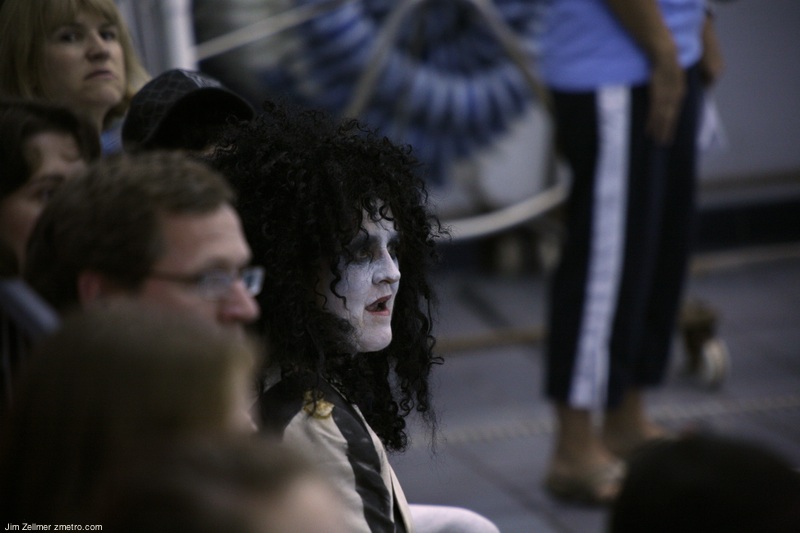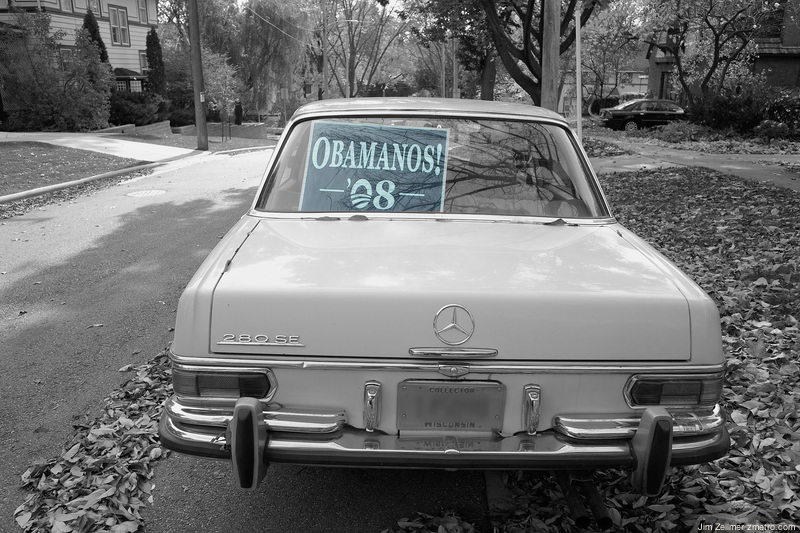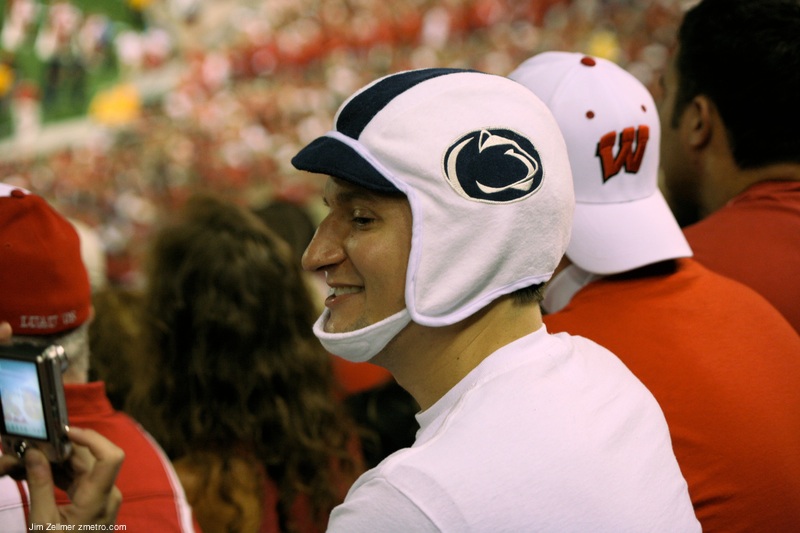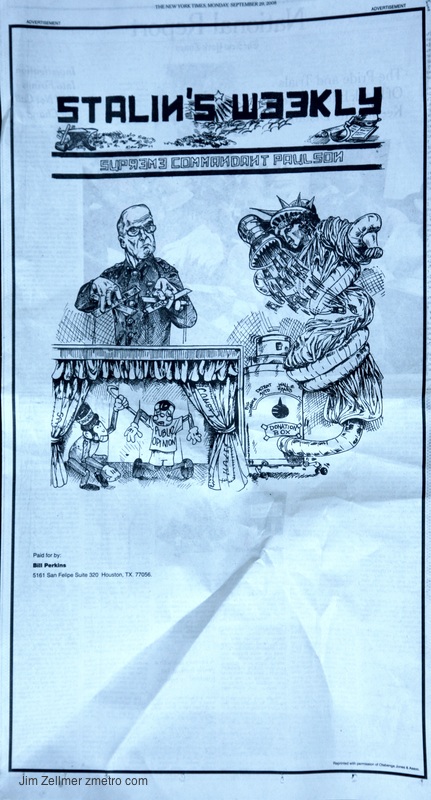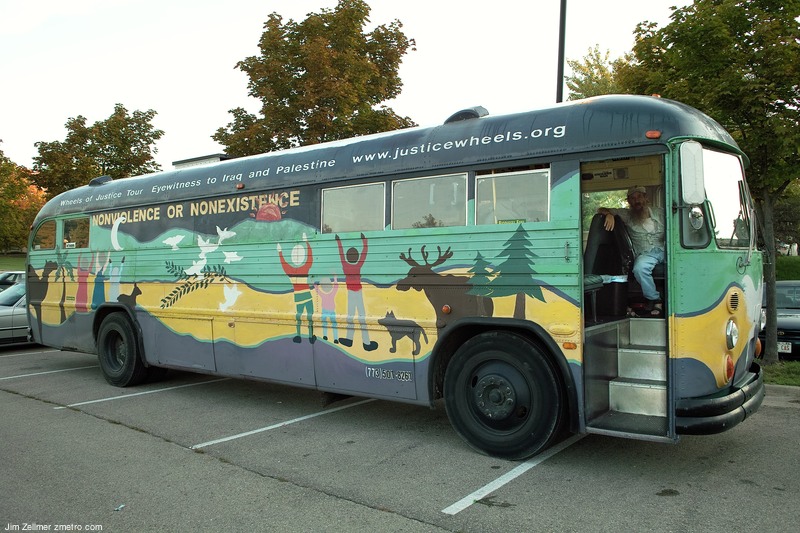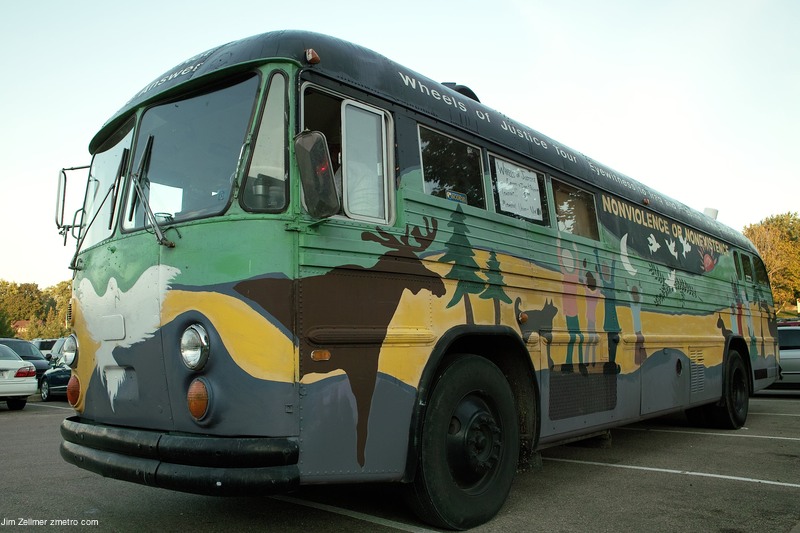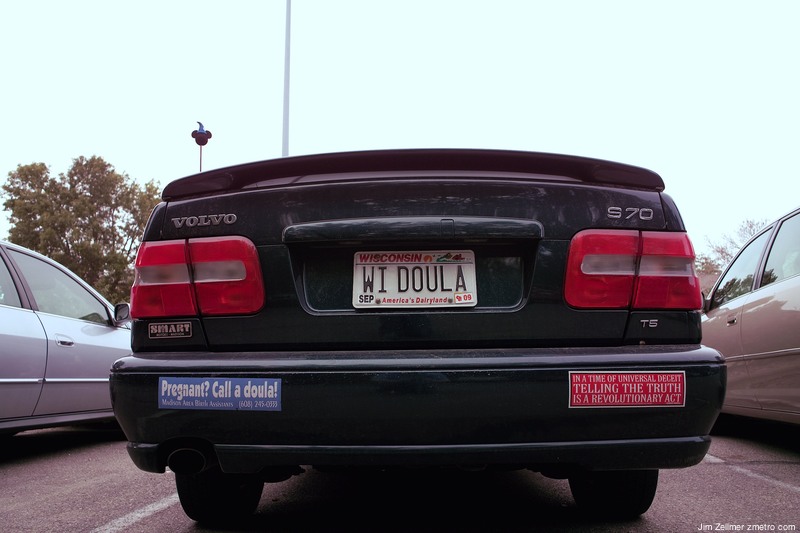During a sweltering Friday evening rush hour in early October, Jeanette Scanlon spent two-and-a-half hours with 20 other people waving a homemade Barack Obama sign at the cars flowing through a busy intersection in Plant City, Florida.
“I got shot the bird one time,” laughs the easy-natured Scanlon, a 43-year-old single mother of three and a Tampa psychiatrist’s billing manager. “That wasn’t the thumbs up I was looking for.”
Scanlon is one of an estimated 230,000 volunteers who are powering Obama’s get-out-the-vote campaign in the swing state of Florida. And while sign-waving is a decidedly low-tech appeal to voters’ hearts and minds, make no mistake: The Obama campaign’s technology is represented here. Scanlon organized the gathering — and 24 others since September — through Obama’s social networking site, my.BarackObama.com. Similarly, she used the site’s Neighbor-to-Neighbor tool in September to find registered voters in her own neighborhood, so she could canvass them for Obama. And this weekend, Scanlon and another 75 or so Plant City volunteers will be phoning thousands of Floridians to urge them to vote, using a sophisticated database provided by the Obama campaign to ensure they don’t call McCain supporters by mistake.
The Obama campaign has been building, tweaking and tinkering with its technology and organizational infrastructure since it kicked off in February 2007, and today has most sophisticated organizing apparatus of any presidential campaign in history. Previous political campaigns have tapped the internet in innovative ways — Howard Dean’s 2004 presidential run, and Ron Paul’s bid for this year’s Republican nomination, to name two. But Obama is the first to successfully integrate technology with a revamped model of political organization that stresses volunteer participation and feedback on a massive scale, erecting a vast, intricate machine set to fuel an unprecedented get-out-the-vote drive in the final days before Tuesday’s election.
A friend recently mentioned that one of the canvasers asked if they could leave an orange dot on their mailbox, notifying other workers that they have already voted! I wonder how long it will be until citizens push back on the extensive personal data mining.
